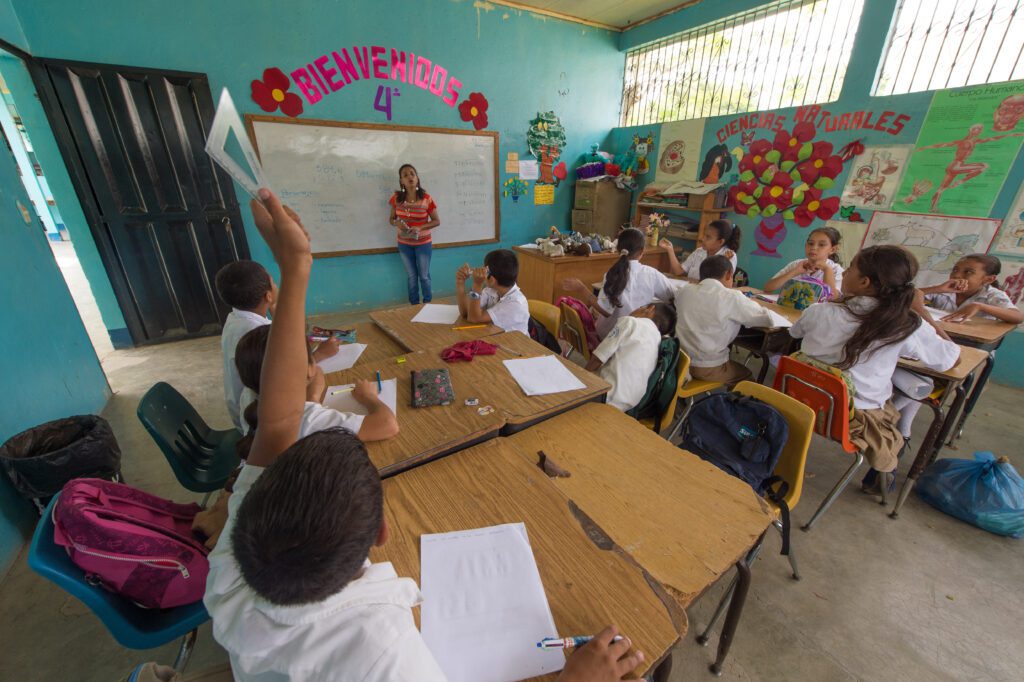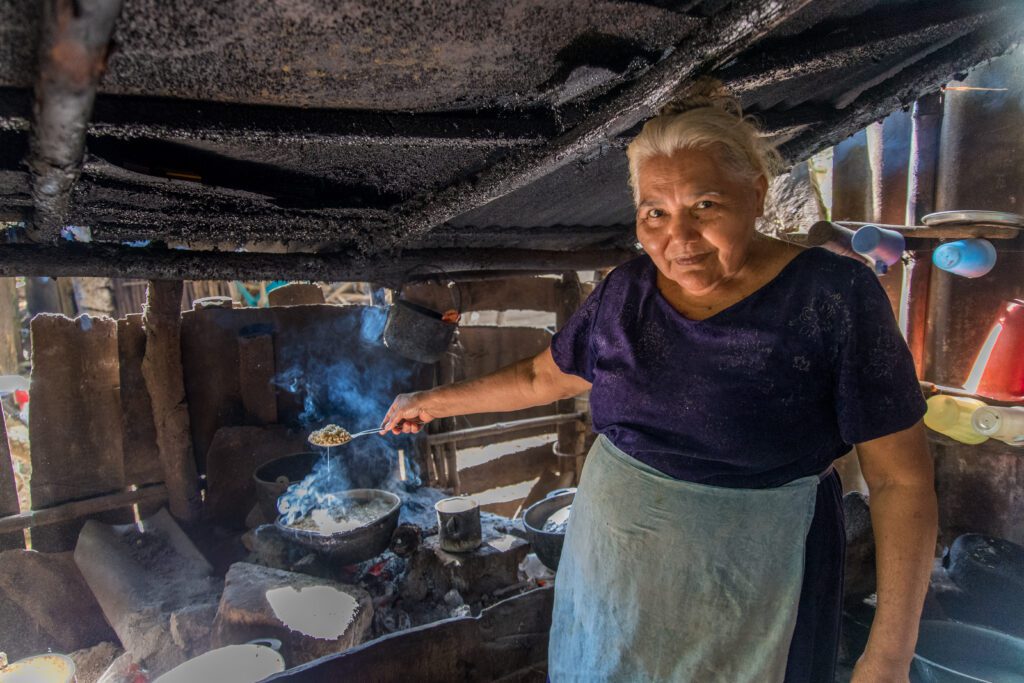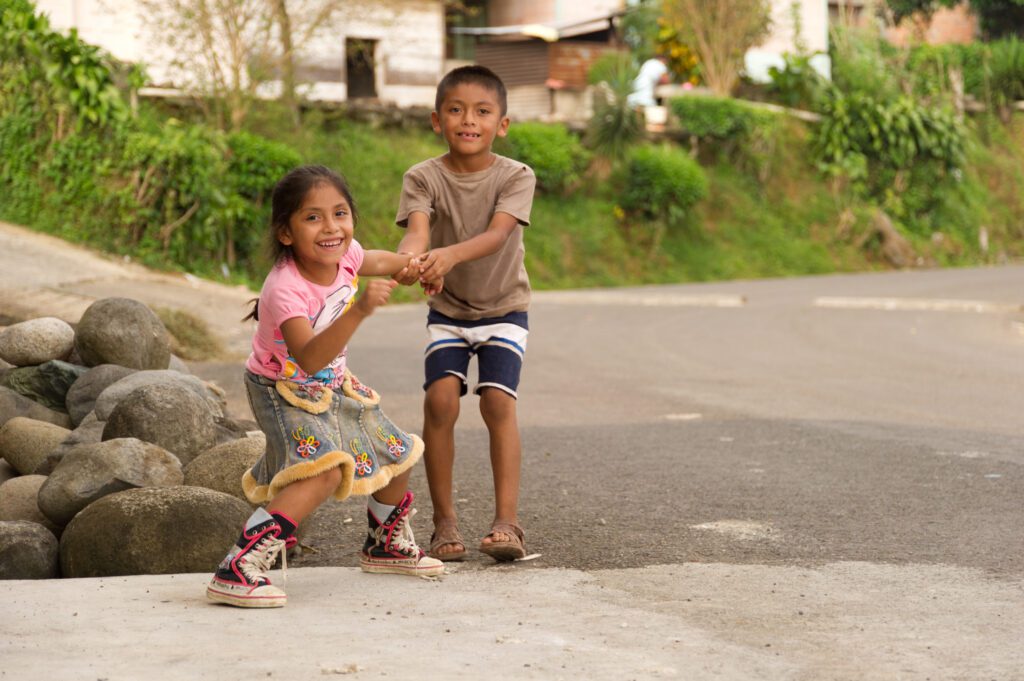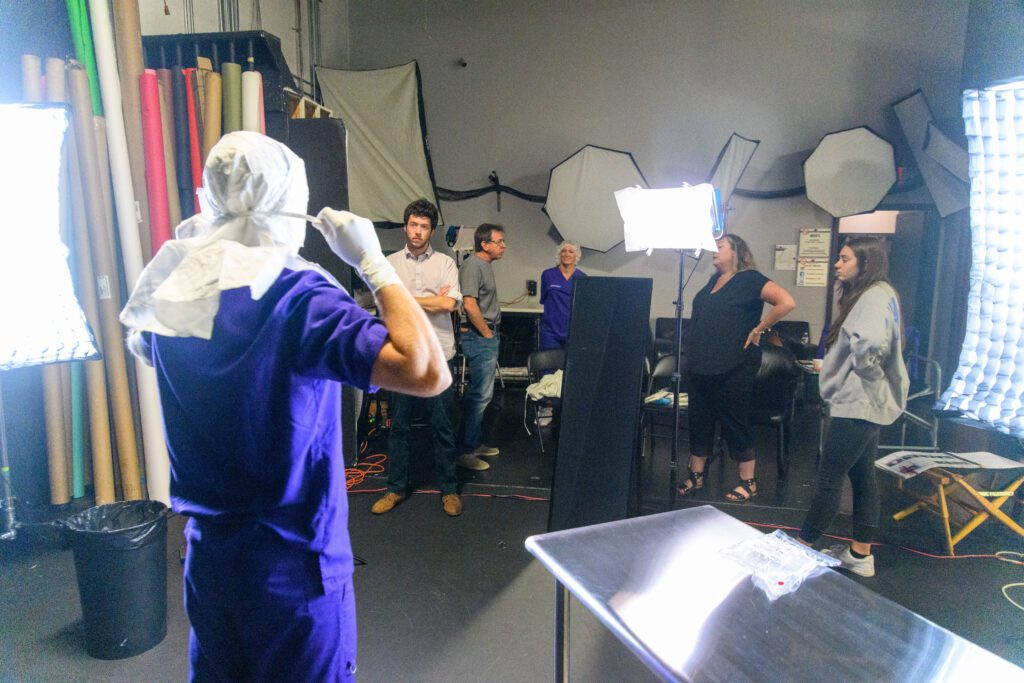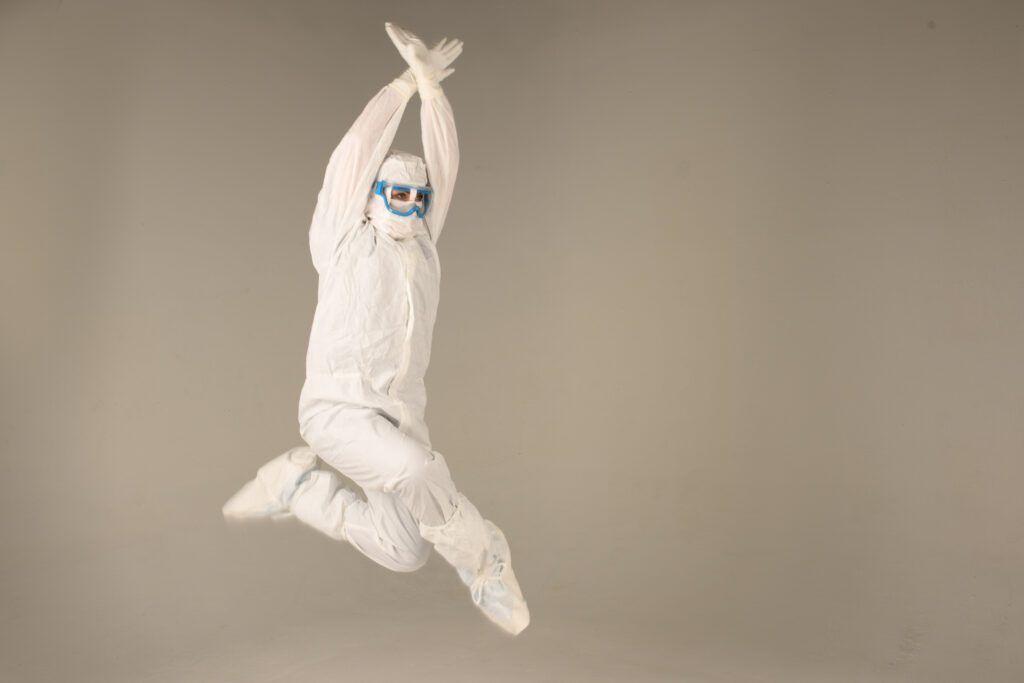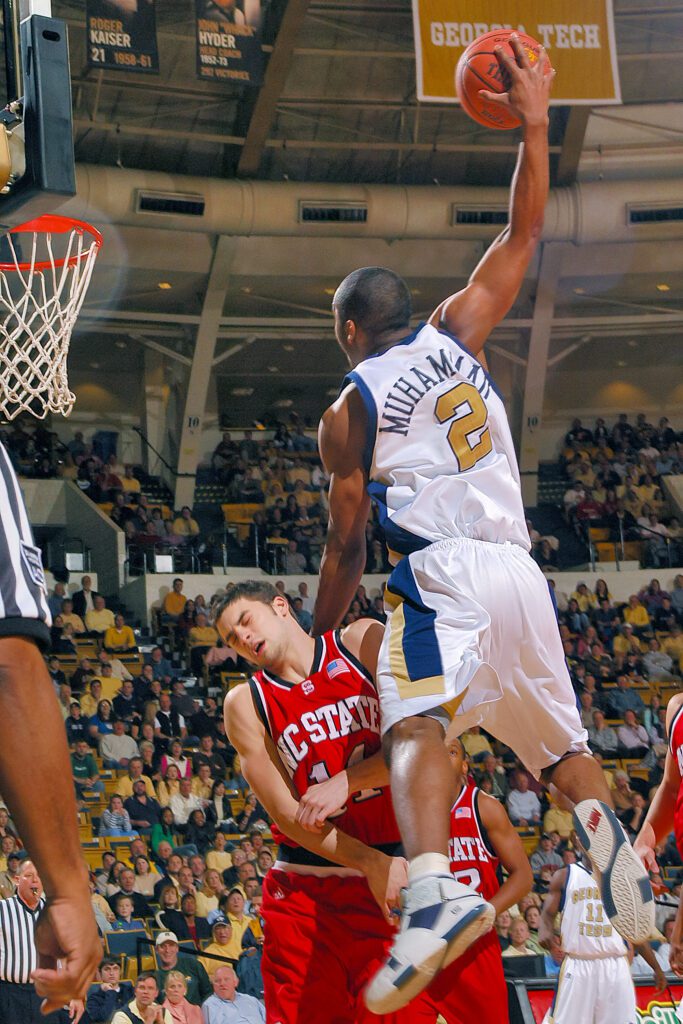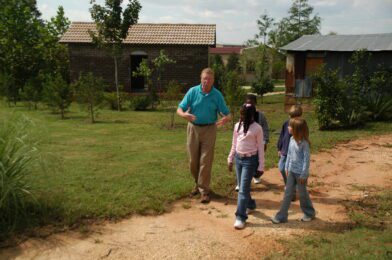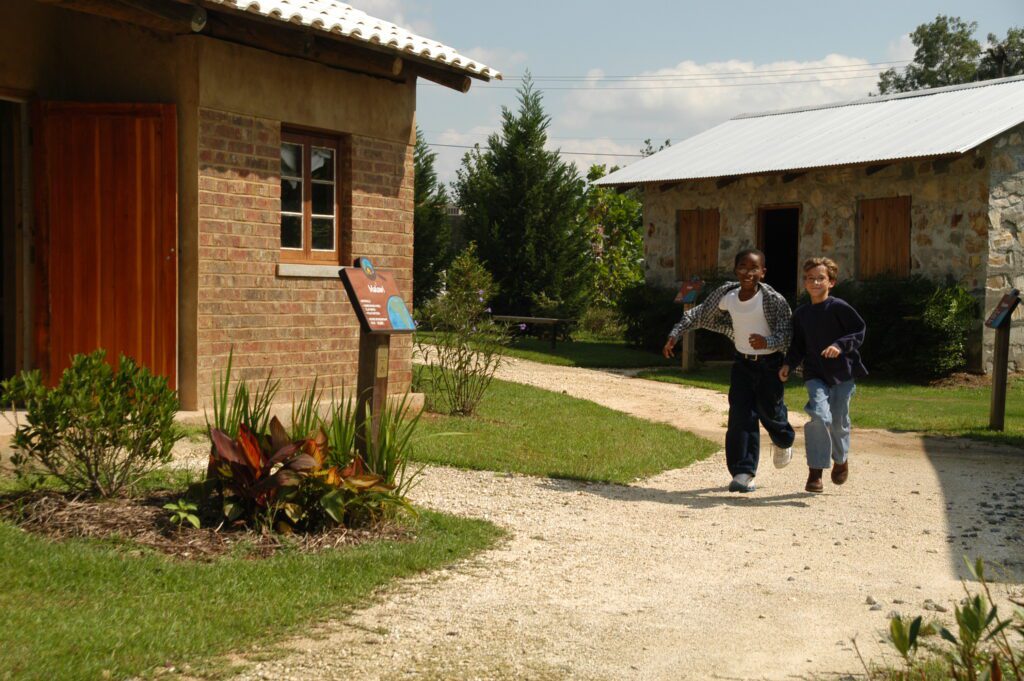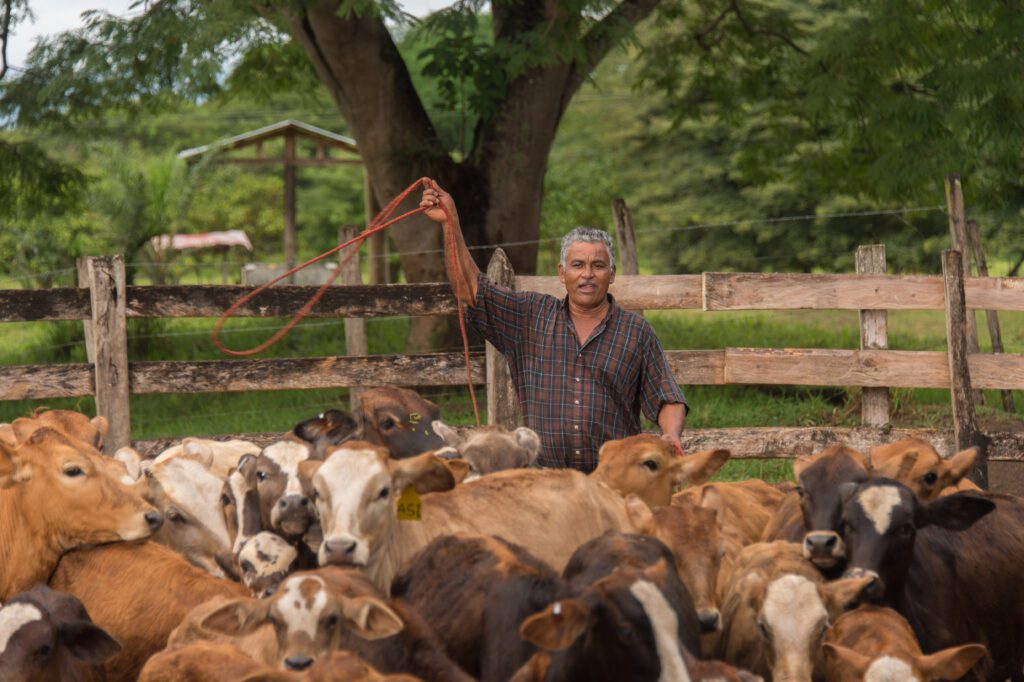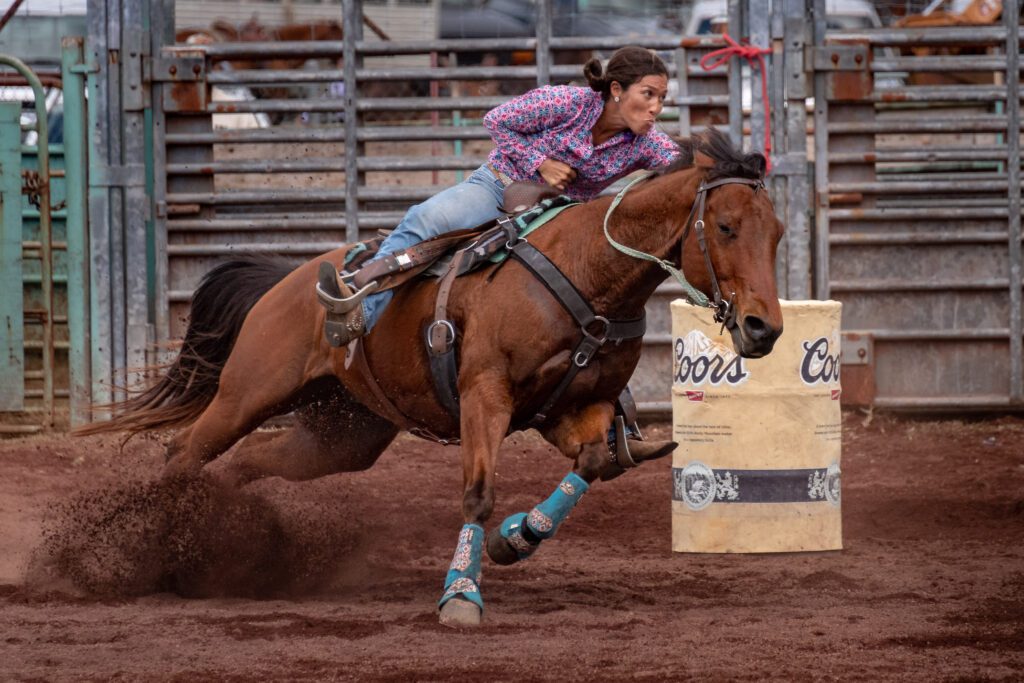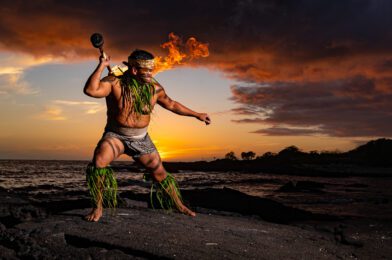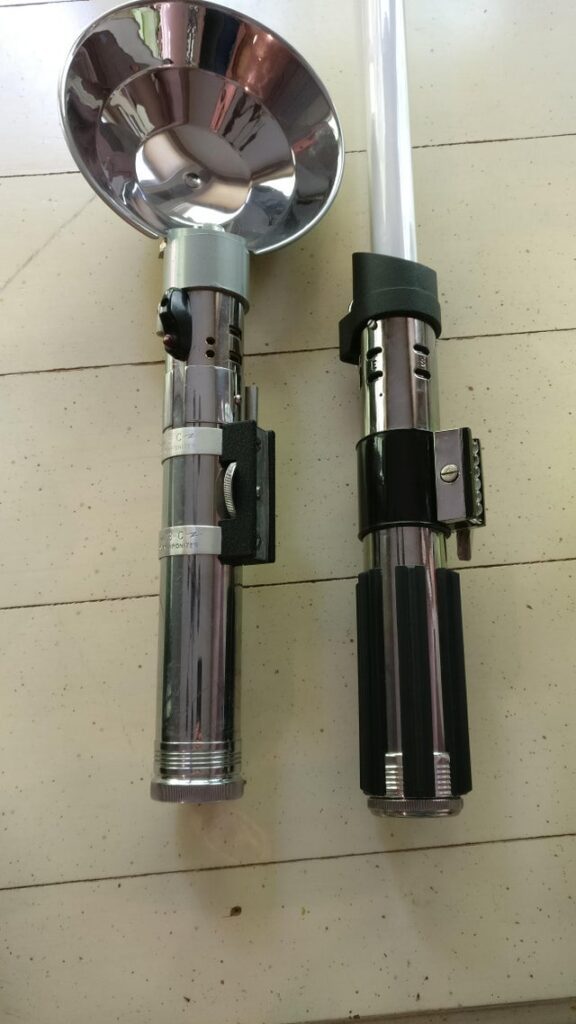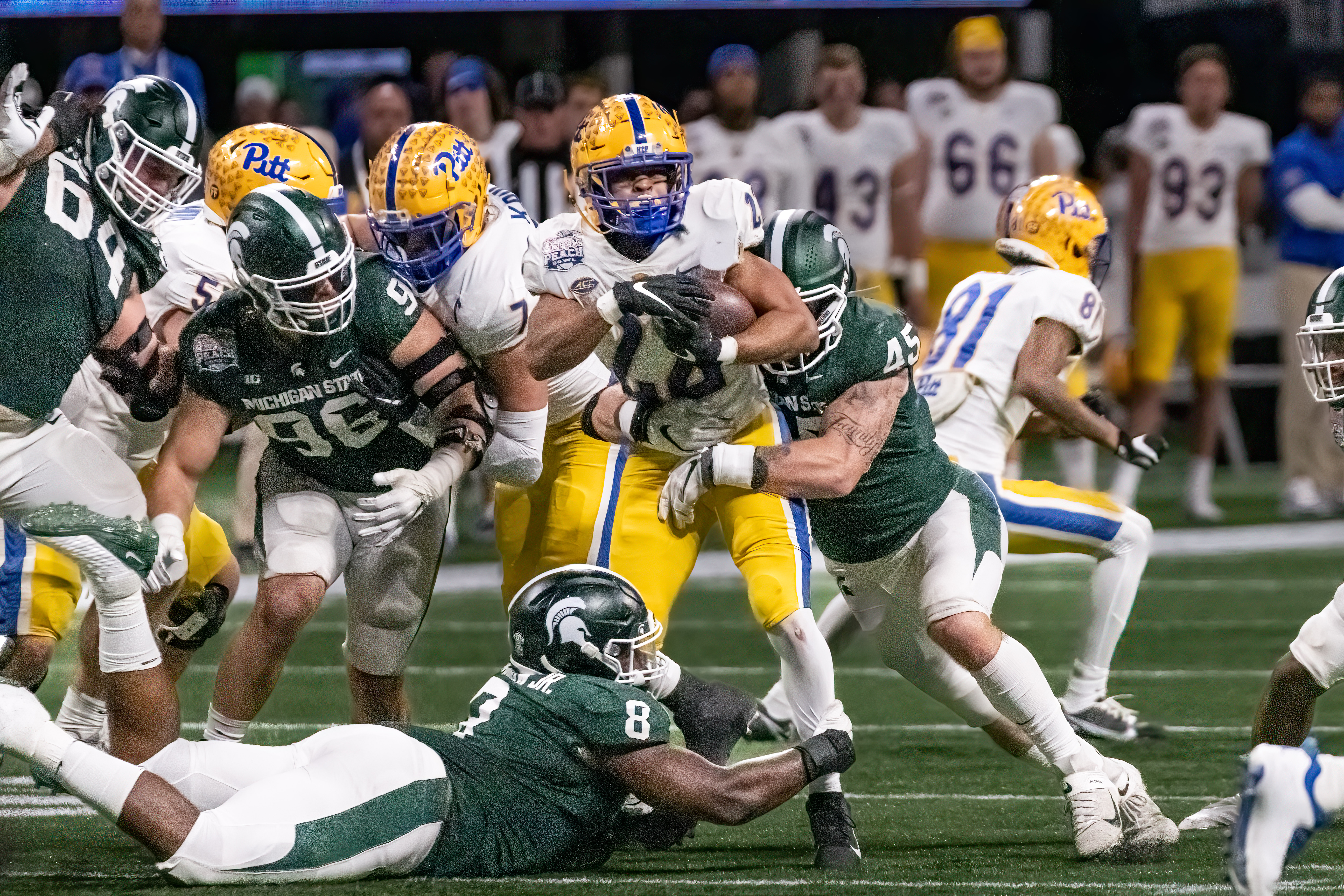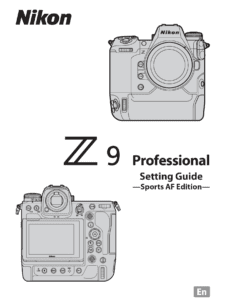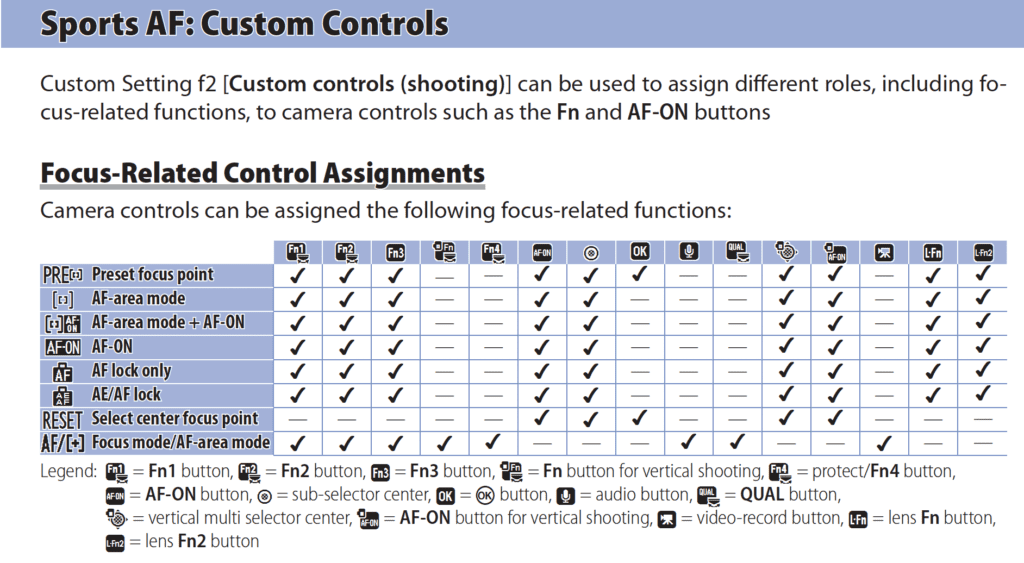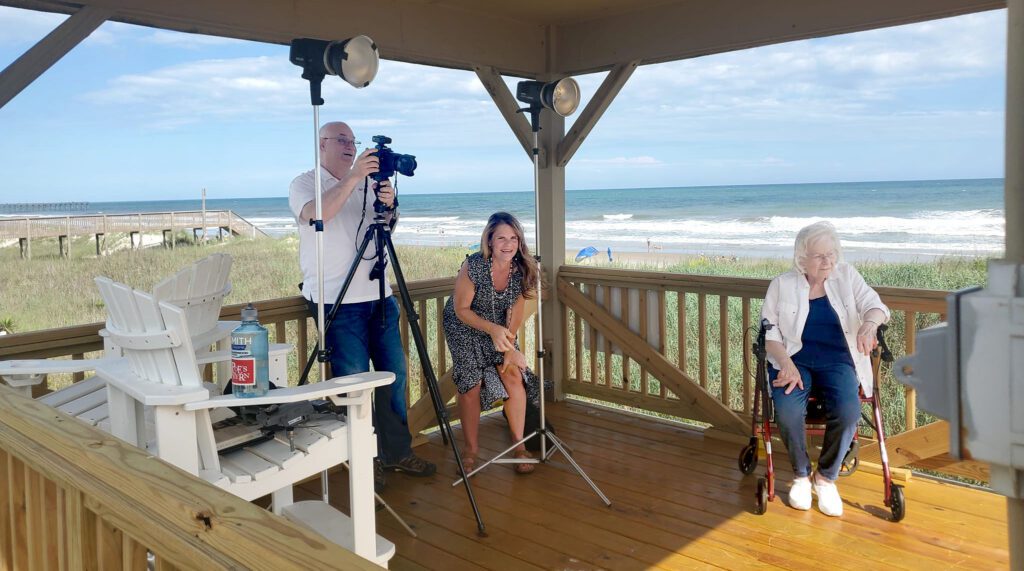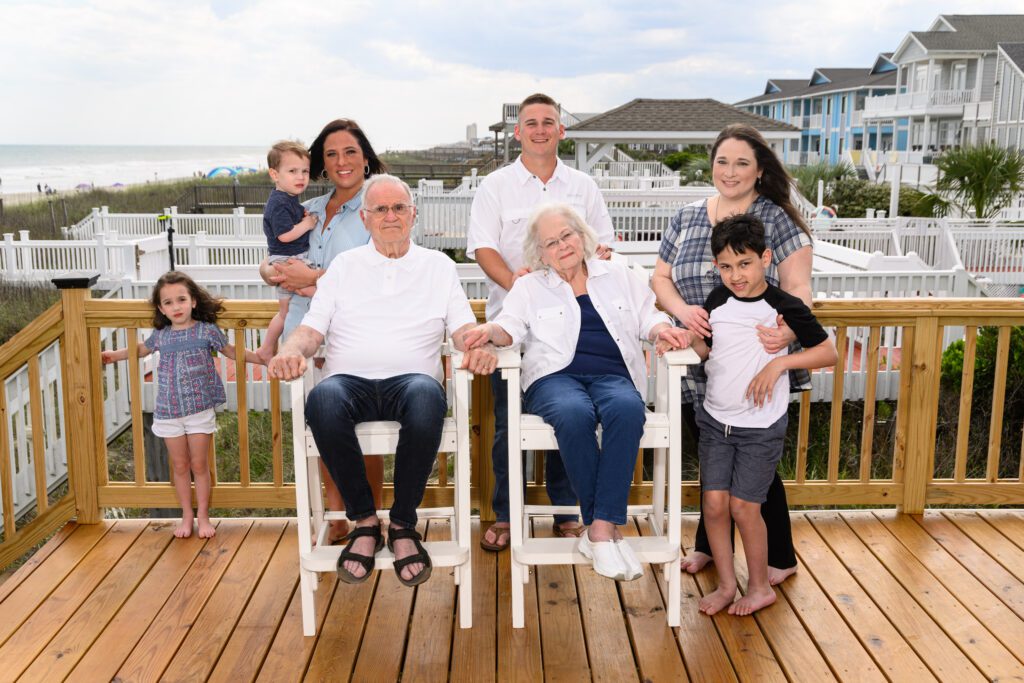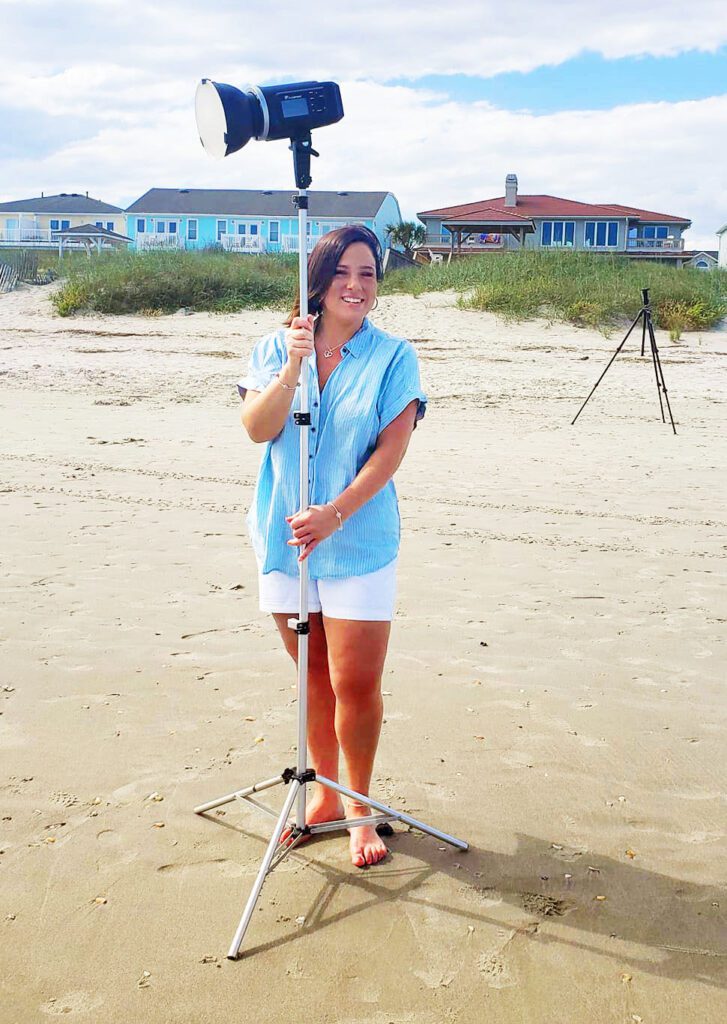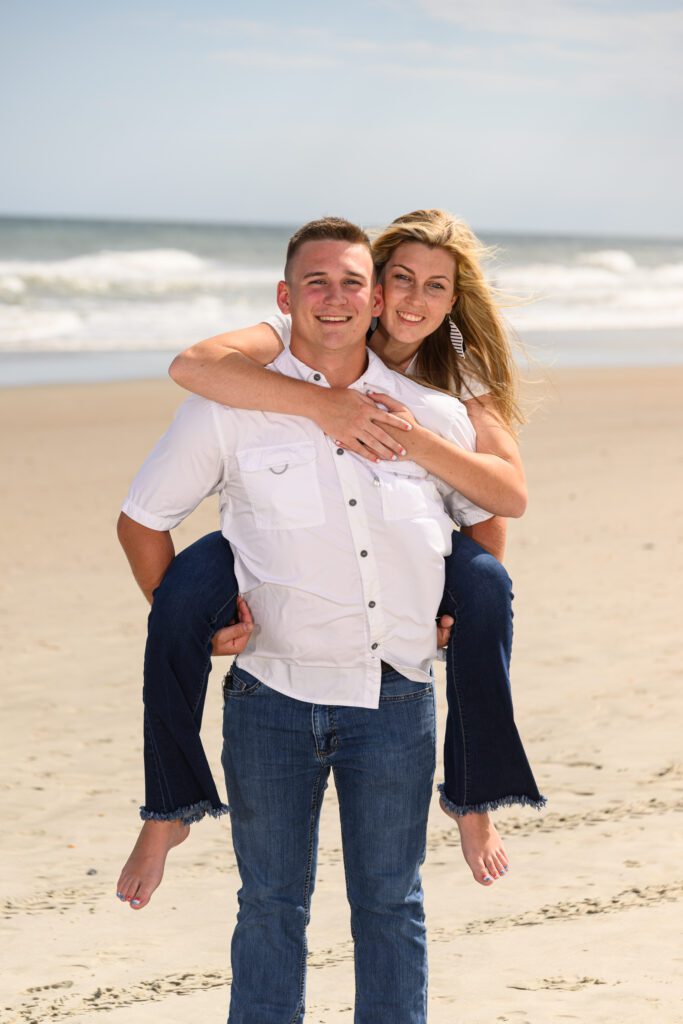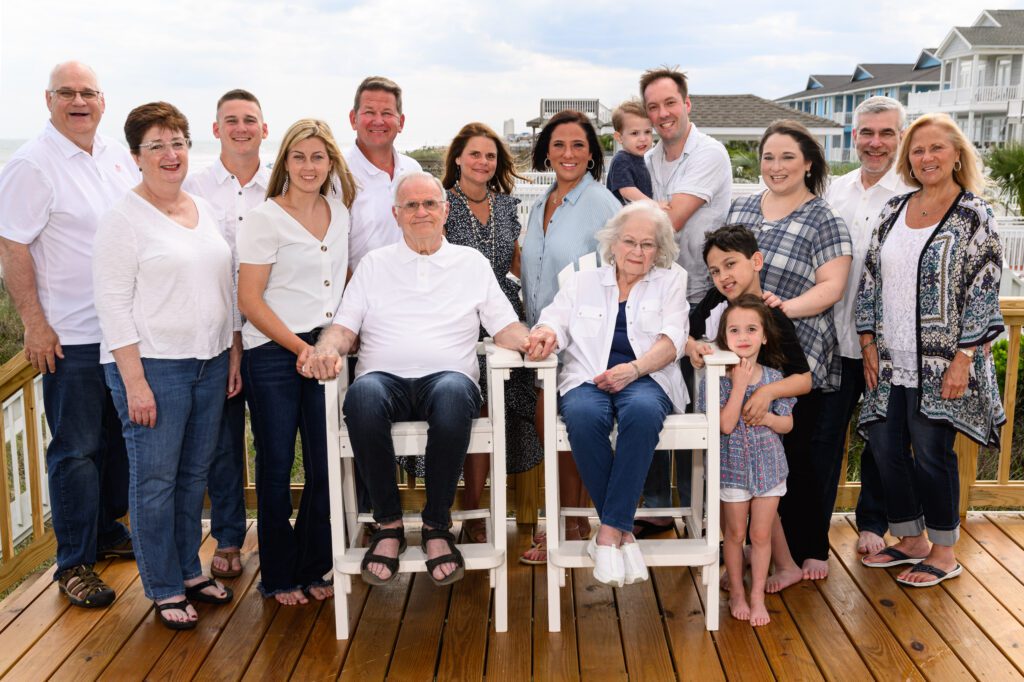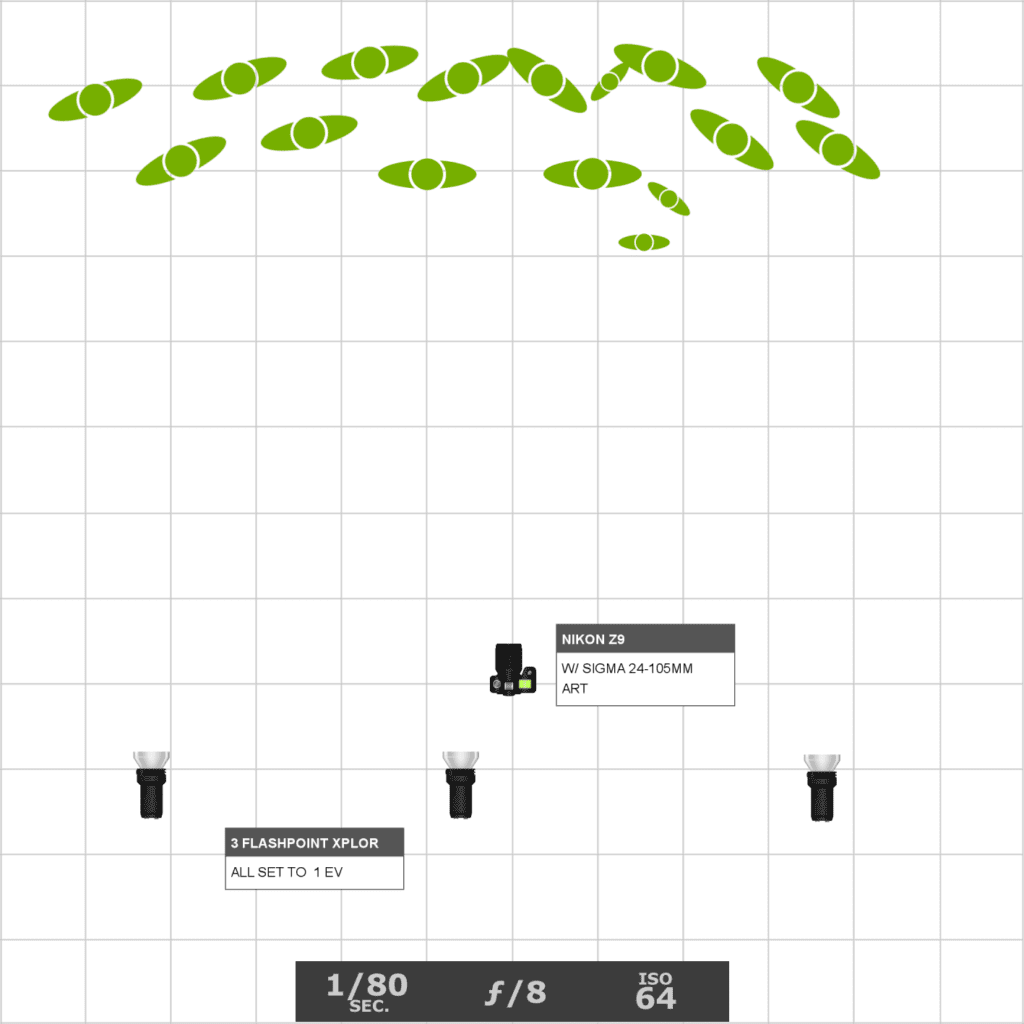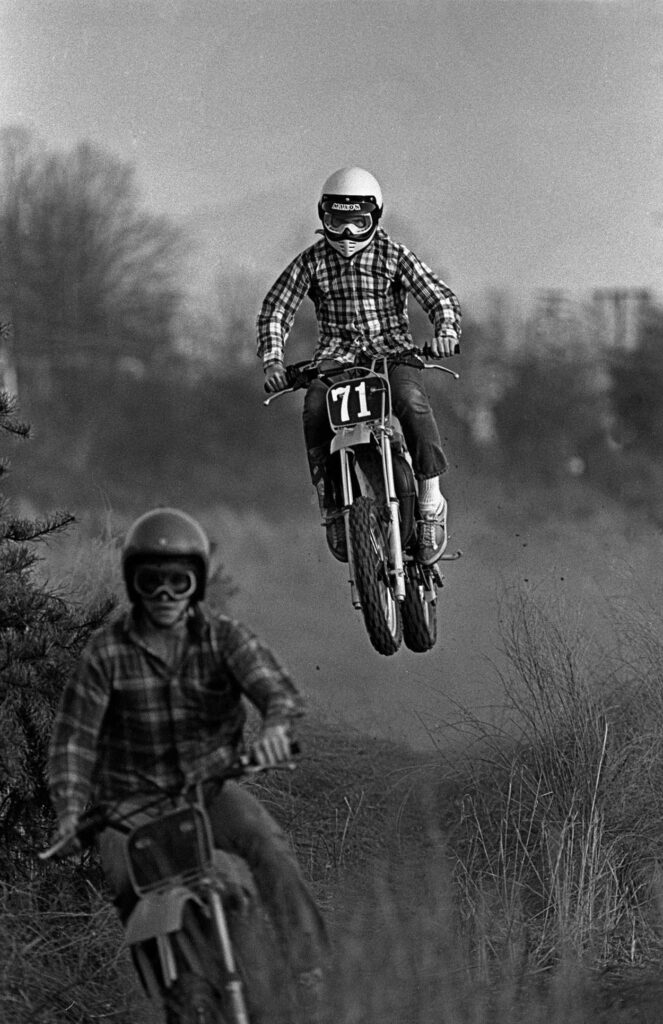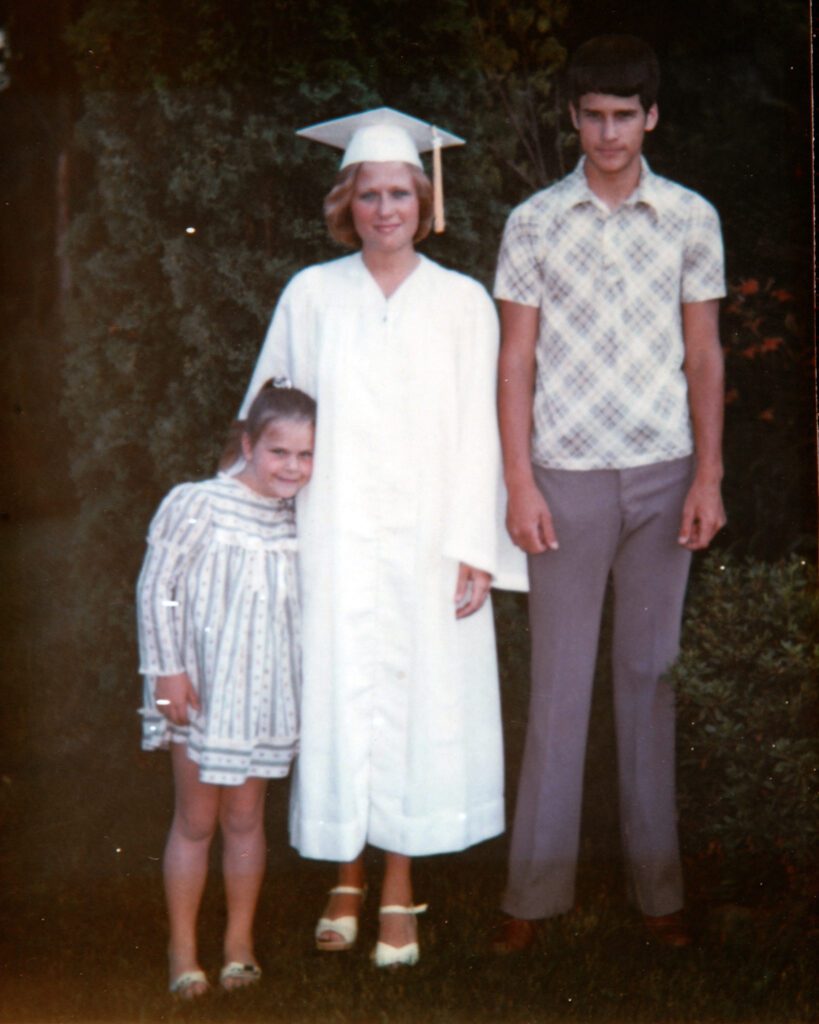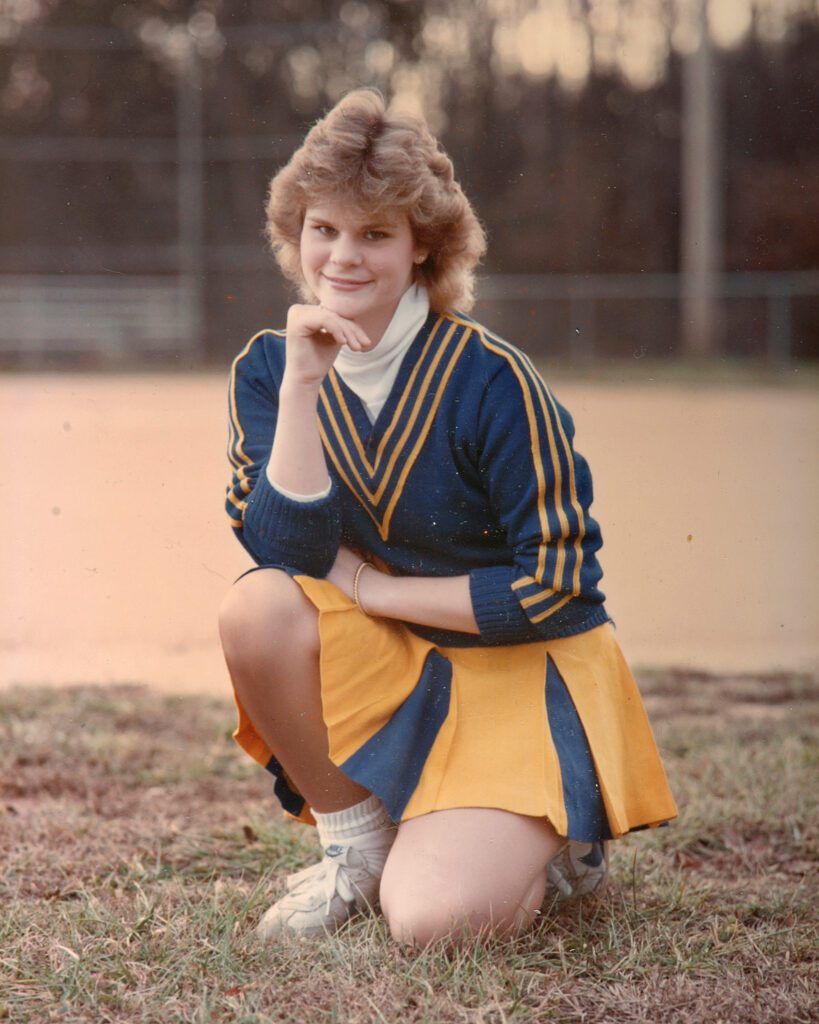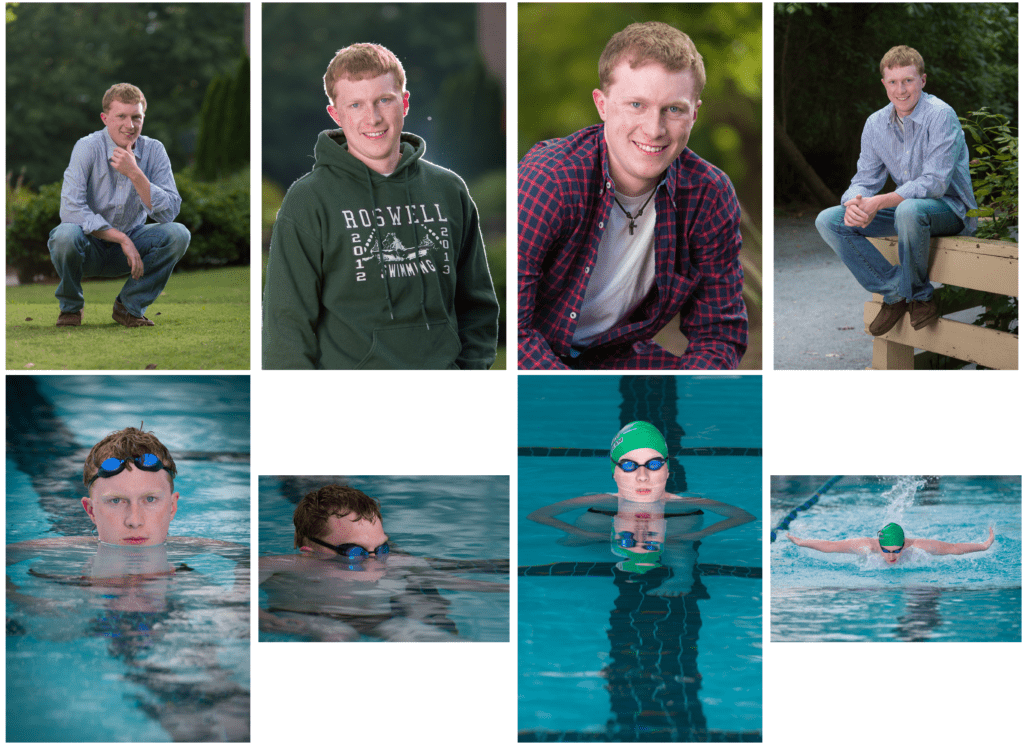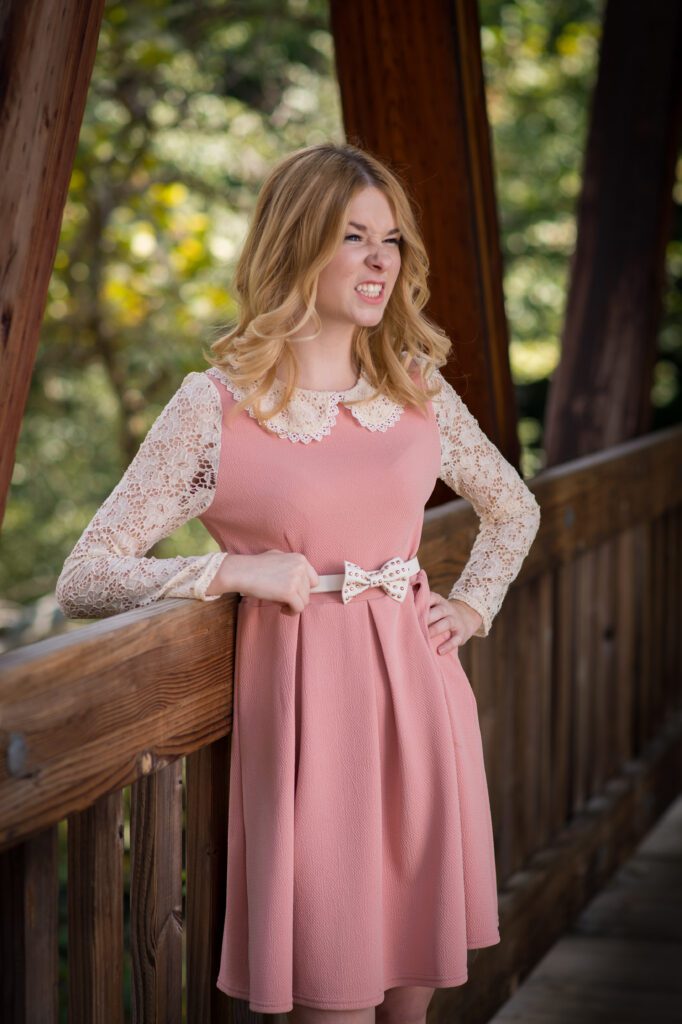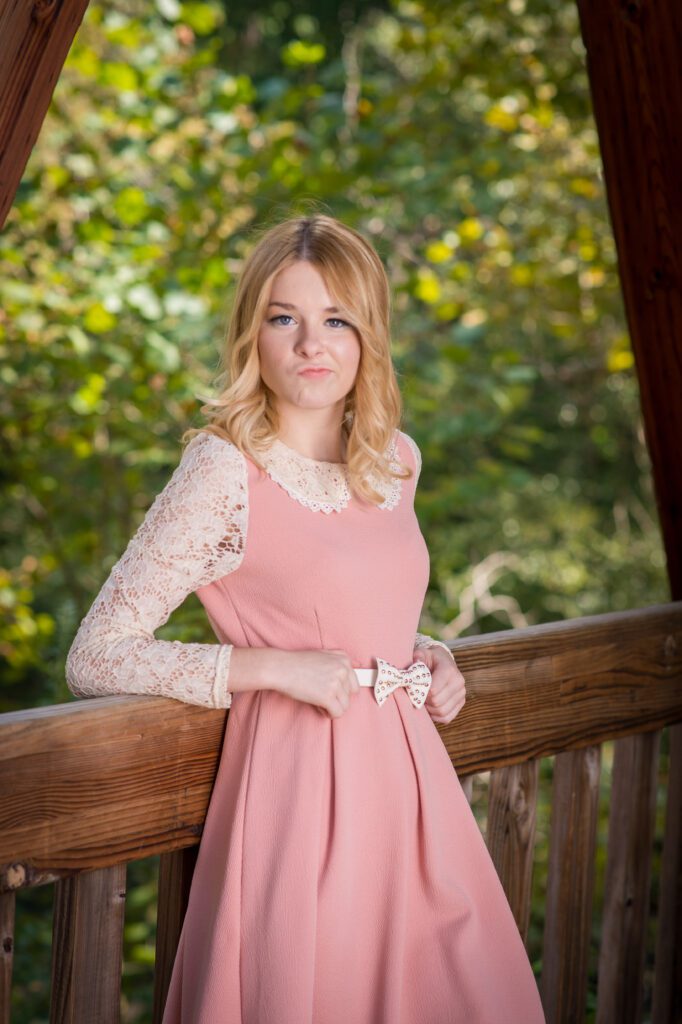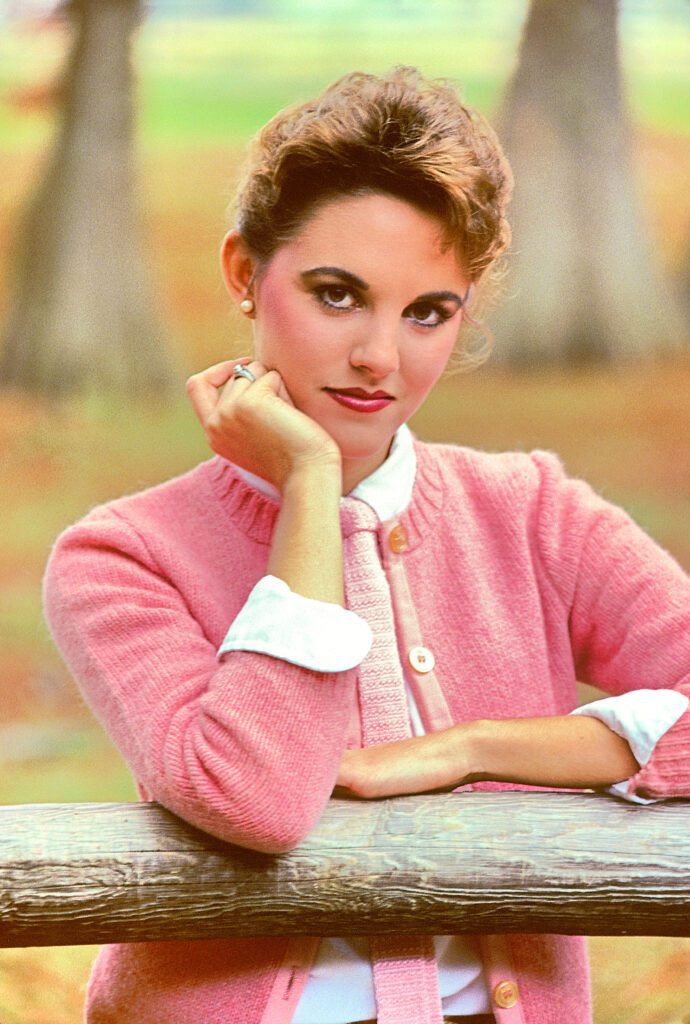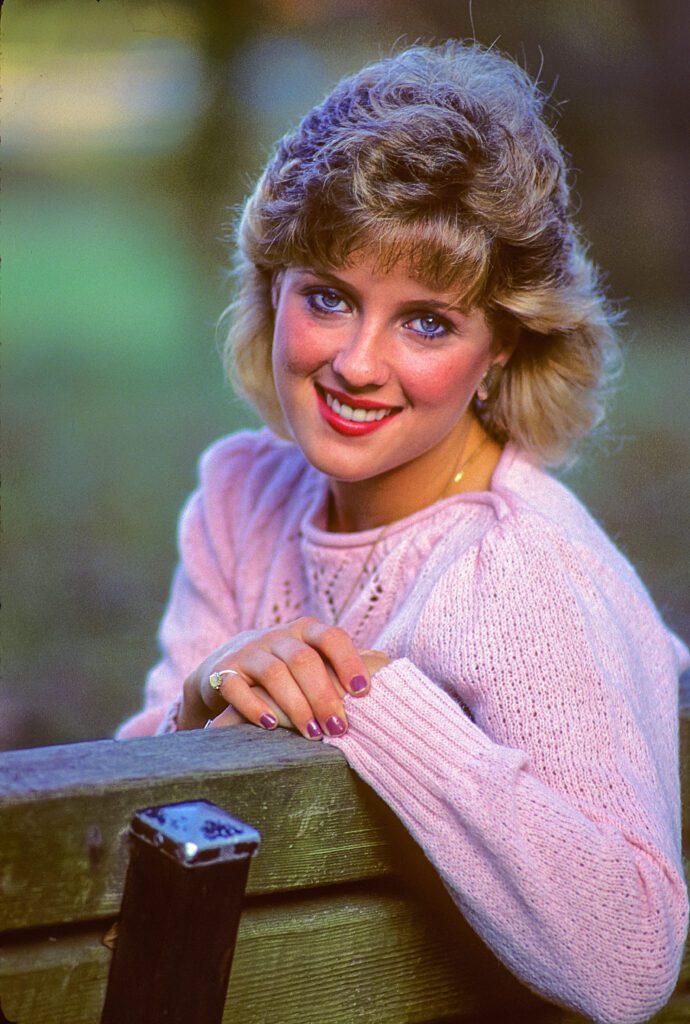This was posted today on Facebook. Every day somewhere, a newbie to the industry or a new genre of photography/video asks, “What can I charge?” Here is that question on this post:
Client: Environmental NGO based in California
One day Shoot: portraits, candid shots, etc. outside of the US
Usage: social media, website, other marketing material
Duration: they haven’t specified
Questions:
- Would you charge a day rate or a flat fee?
- How many pictures would you deliver?
- What sort of usage would include (i.e., non-exclusive, 2-3 years?)
- If it is a day rate, do you charge additional editing days, considering it is all minor color correction, etc.?
- What’s the standard rate for NGOs in the US? (I know the rates vary quite a lot for NGOs based outside and inside the US, ranging from $360/day to $1,500.)
Here is my response, which I hope may help even more people.
What is an NGO?
The most significant difference between a non-profit and an NGO is the scope of work that most non-profits assume. Many non-profits are affiliated with churches, boys and girls clubs, and alumni associations. An NGO, on the other hand, has a broader and internationally driven footprint.
Similarities of non-profit and profit organizations
Both make income but reinvest all earnings into the organization to continue operations and support their causes. Although both have a staff consisting primarily of volunteers, they also hire and pay some higher-level employees within the organizations.
Their utilities are pretty much the same. The staff must be paid a going rate in their location, or they will not be able to hire.
Special events costs don’t change because they are a non-profit. The catering is the exact cost. The cost savings usually come in volunteers helping.
Don’t be the one vendor giving their work away for less while all the other vendors are being paid their total price.
Day Rate or Hourly Rate vs Flat Fee or Project Based Pricing
Charging by the hour is one of the worst mistakes a freelancer can make. If you charge by the hour, it will only be natural for you to work less efficiently than if you had priced on a per-job basis. And given that you only have a certain number of hours available in the day, you are essentially capping your maximum earning potential.
If, on the other hand, your price is on a per-job basis, you are limited only by the speed at which you can complete your work. You will learn to work more productively and, in turn, will earn a higher equivalent hourly rate (and impress clients with your efficient style and quick turnaround).
I suggest Project Pricing with a contract
For this model, it is necessary to spell out what is to be photographed and what the client’s deliverable will be.
When doing the job, it is common for clients to say, “Since you are here,” or “Can you take a few shots of this for me?” By having a contract with the project scope outlined, you now have a way to handle those requests that make you more money or keep you from giving away work for free.
“I would love to help you get more photos. Since this is beyond the contract, the extra cost will be $_______.” They may say no, but you offered to do the work, and they cannot take advantage of you.
You can also respond by saying, “The list of shots we have to do on the list will not all get done if we stop and shoot this. What on the list do you want to eliminate for this photo?”
The number of photos delivered
Delivering a few finished photo options for each situation is the bare minimum. Some show most of the take and only provide a limited number, which the client picks for further finishing edits. Usually, a number is given in a contract on the number of deliverables, but it’s good to always spell out the price for additional photos from those taken.
If you are new to shooting this assignment, have the client tell you what they want. Then overshoot and have them limit the final number.
Usage
An estimate always includes three prices. There are always three levels of pricing: low, Medium, and High, at which something changes in what the client gets for the price.
Usage is one of the best ways to create three prices. Also, by spelling out the use and other factors in pricing, you are setting up some of the parameters for negotiating with the client before starting the job.
Do not make your lowest price something that you will complain about if they choose to go in this direction.
I have found that most of the time, the client picks the median price.
For large corporations or organizations, add the 4th price. This I call the Whoop T Doo. If they go in this direction, you will benefit, and so will they.
Post Processing Fee
Please always let clients know you can do more with the photos. In post-production, you can fix skin issues or change clothing colors.
It is easier for the client to have a pricing idea before asking for the work. Sometimes, it is easier to have examples of before-and-after pricing.
Don’t make clients feel like they are being nickeled and dimed by you. Make them feel like they are at a spa, upgrading the experience, and enjoy spending on the luxurious experience.
What’s the standard rate?
There are no standard rates in photography.
The costs of living around the country alone cause prices to fluctuate. It costs more because everything in that market costs more, and people have to make a living.
The prices I hear in the Metro Atlanta area go around $600 daily to $4,000 or more.
There are always those who are cheaper, but rarely have they been in business for many years.
Tips!!!
- Know your Cost of Doing Business. I would like to know what my monthly expenses average out over time and have a figure I know that I cannot walk out the door to do work or that I will be paying them to work for the job.
- Know your hourly rate, but wait to quote it. Fast food restaurants know how much they must pay each employee an hour, but the prices on the menu do not show those hourly rates. Neither should you. Use this rate to help you configure your project price.
- Sliding Scale. If a job is for an hour, for example, the client will pay much more for the most part than the person who hires me for a project that takes a day. So, if I am paying myself $300 an hour for the first hour, I may charge the client $1,100 for half a day of my time. Again, this is how I am building my price for the project in my head. They get a $100 discount for more work. I may only charge $1,800 for the day versus 8 X $300 = $2,400. Again, please give me more work you get a discount.
- Usage & Risk. If the client is going to use this in a significant multi-year ad campaign, then most likely, your photos will help make them a great deal if successful. You want to get paid more. If this is something like a wedding where you have no do-overs, the risk means you should be paid more. High-risk jobs require more redundancy and preplanning to avoid unnecessary risks.
- Always provide three prices. Give clients the ability to add fries to their orders. Price choices are how you can grow your business.





